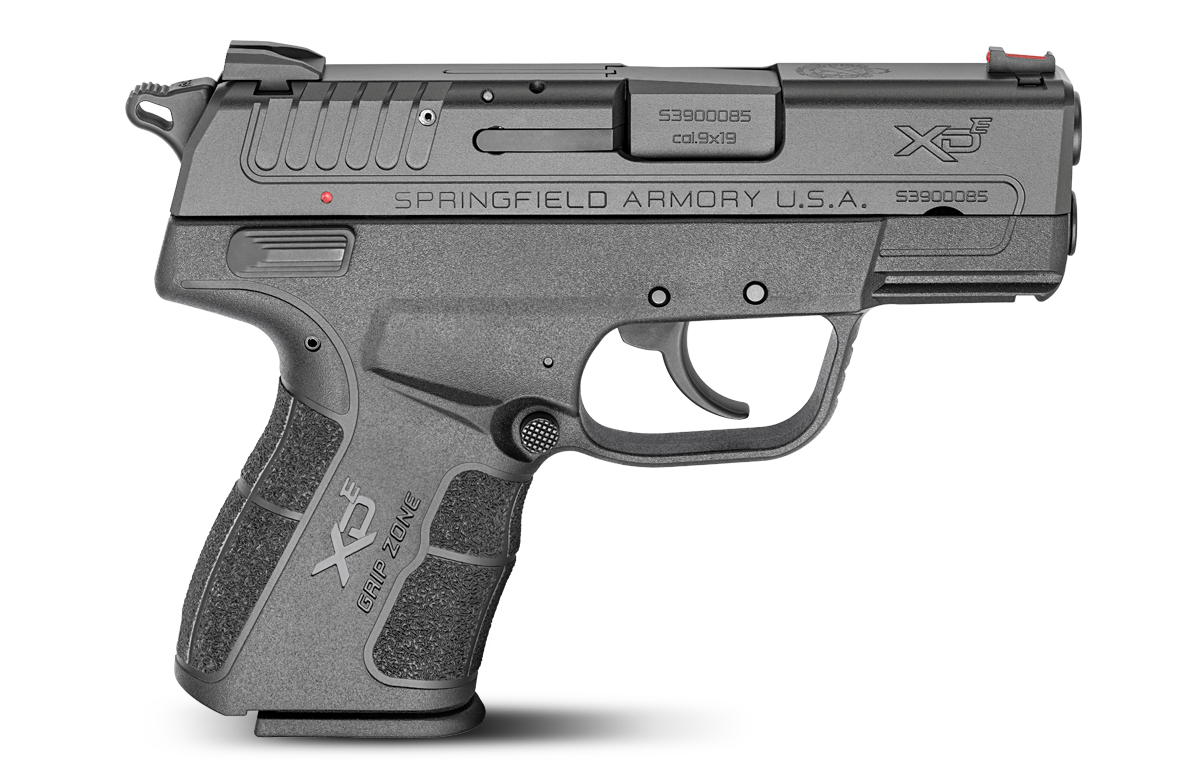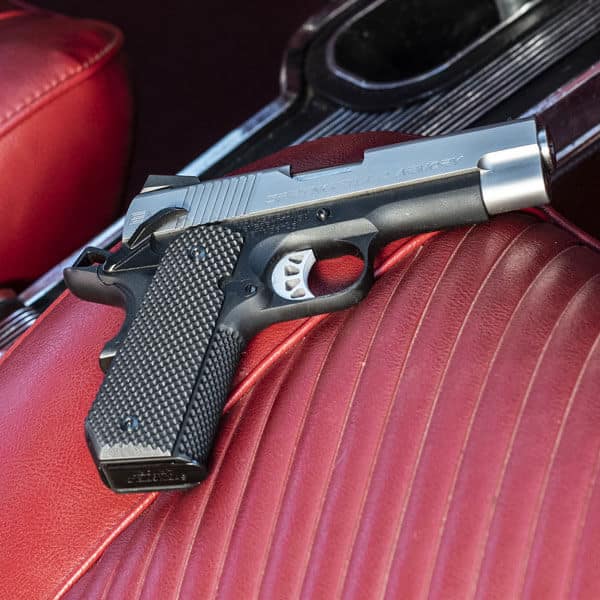Editor’s Note: This is the eleventh part of our 12-part Armed & Ready series from Richard Nance and Handguns magazine. The series covers a range of personal defense and CCW topics. See links below for the other entries:
- CCW Mistake That’ll Get You Killed
- Do You Carry Enough Gun?
- Carry Guns in Gun-Free Zones
- Bad Breath-Distance Gunfighting
- When You Can’t Pull the Trigger
- Don’t Aim in a Gunfight
- Why Does the 2nd Amendment Matter?
- Don’t Make a Cop Shoot You
- Hammer vs. Striker: Which Do You Need?
- Don’t Fight Blind
- Why You Need an AR for Home Defense
When it comes to protecting your family, you don’t want to cut any corners. So today in the video above, we are going to be looking at not only how you should store your home defense firearm, but also how to employ it during a home invasion.
If you’ve decided to keep a firearm for home defense, it raises the question of how you will store it. Sure, you might have that large gun safe in your basement (or even your bedroom), and it would be undeniably secure in there. But is that really the best place for a home defense firearm?
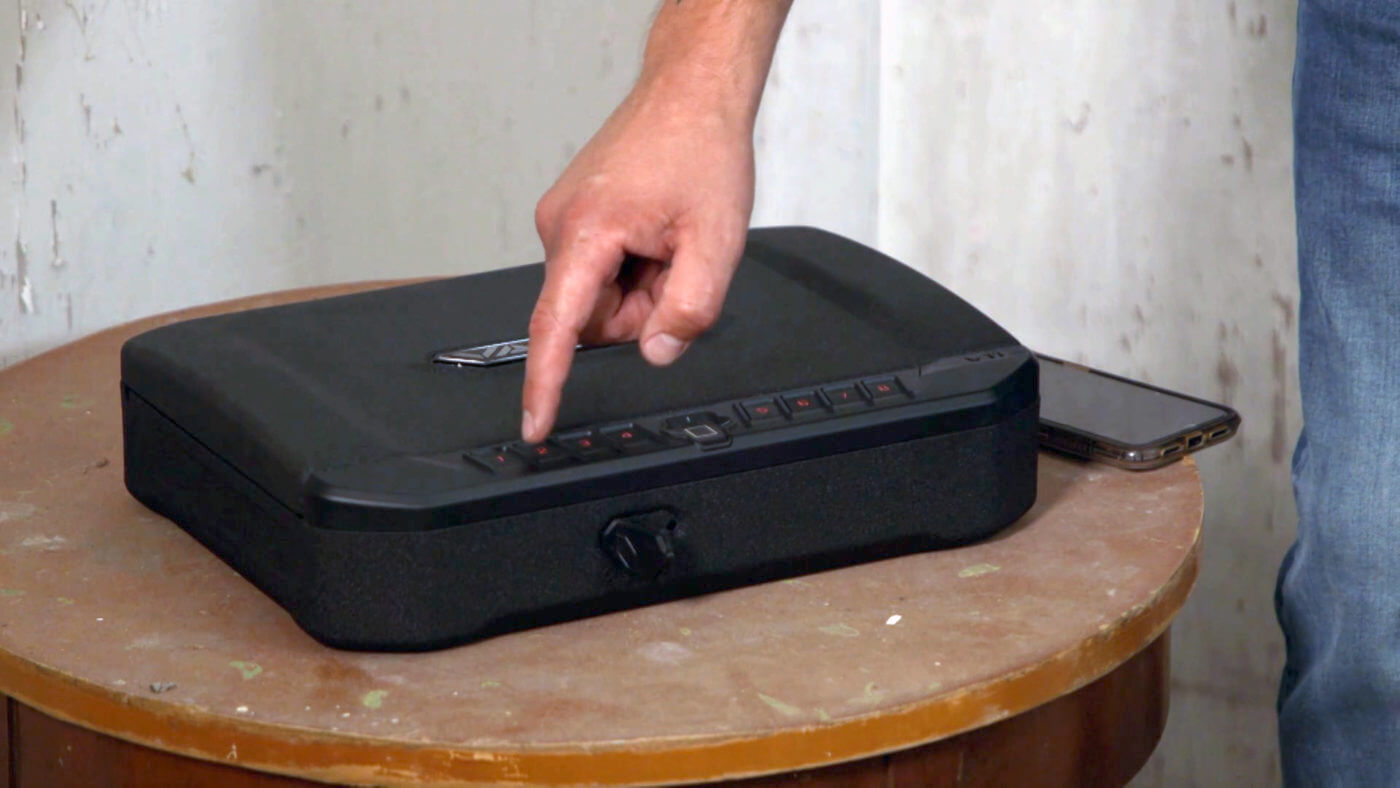
Best Option
In my opinion, you should keep this type of firearm in some sort of quick-access storage safe. You will need something that is secure, but will give you instant access to your firearm. For example, I’m using a Vaultek VT series that has not only a biometric fingerprint reader, but also a keypad and key system.
In addition to offering security, these types of safes also allow you to store a firearm in a loaded and ready condition, while still keeping it locked up and secure. In my case, I’m working here with a Springfield Armory XD-E double-action/single-action pistol with manual safety. I am keeping it with a loaded chamber, hammer down and on safe. To access, I simply open the safe, draw the pistol and flick off the safety when needed.
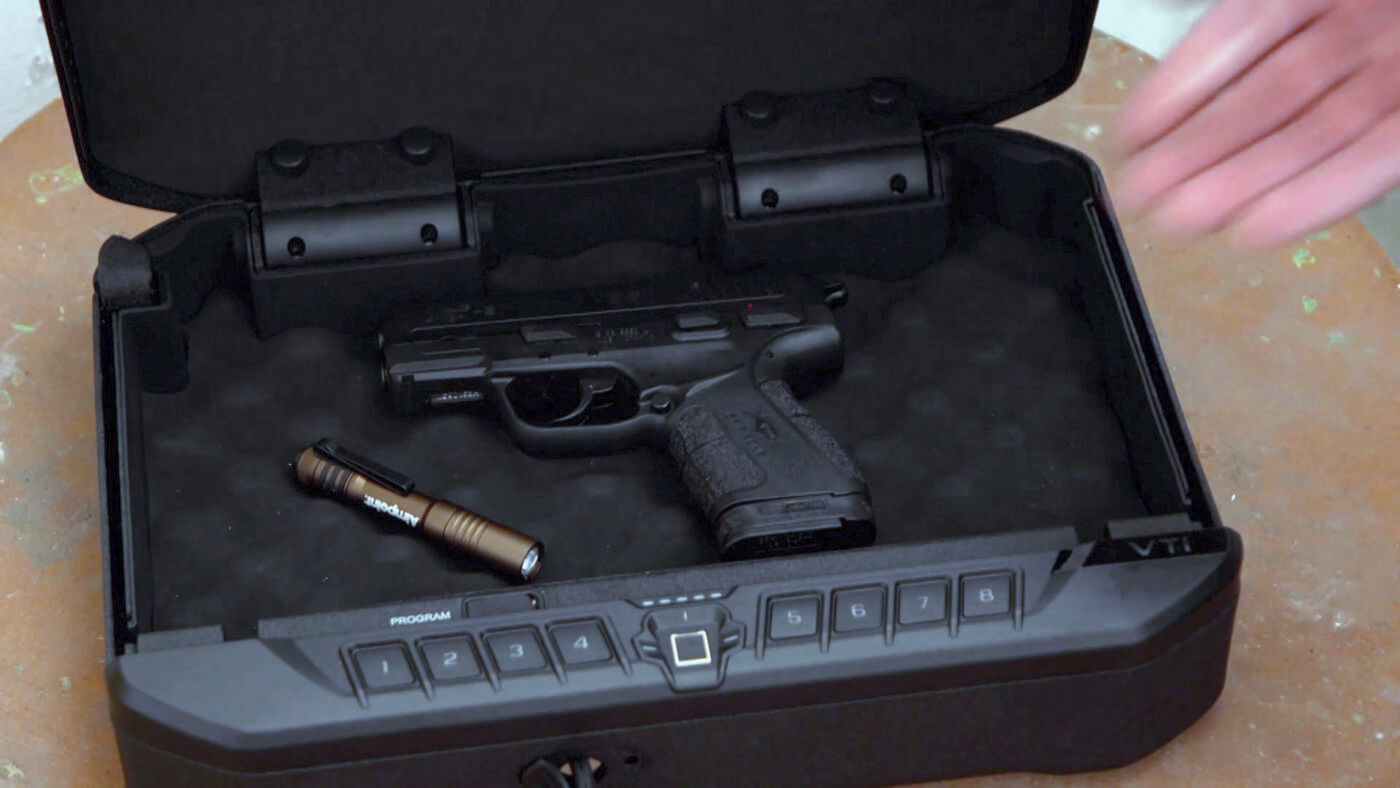
I also keep a small light in the safe with the pistol, as most bad things happen at night and in the dark. A handy light will give you the ability to illuminate and identify potential threats in your home. I also make sure I have my cell phone nearby and handy to alert authorities should something happen. Ideally, you would want someone else to call 911 while you focus on your firearm and any potential threats.
When It Counts
Say that you hear a sound in the middle of the night. You simply draw your gun and that’s the end of it, right? Wrong. It will likely never be that simple. The best case scenario will be that you and any loved ones are in the room with you, you have your firearm and light, train it on the door to the room with yourself and family behind some form of cover, then call 911 and wait.
More likely, you will have family members spread throughout the house. If that’s the case, you will have to maneuver through the house, making sure to not expose yourself to a threat, and also ensure that you do not put your family in danger.
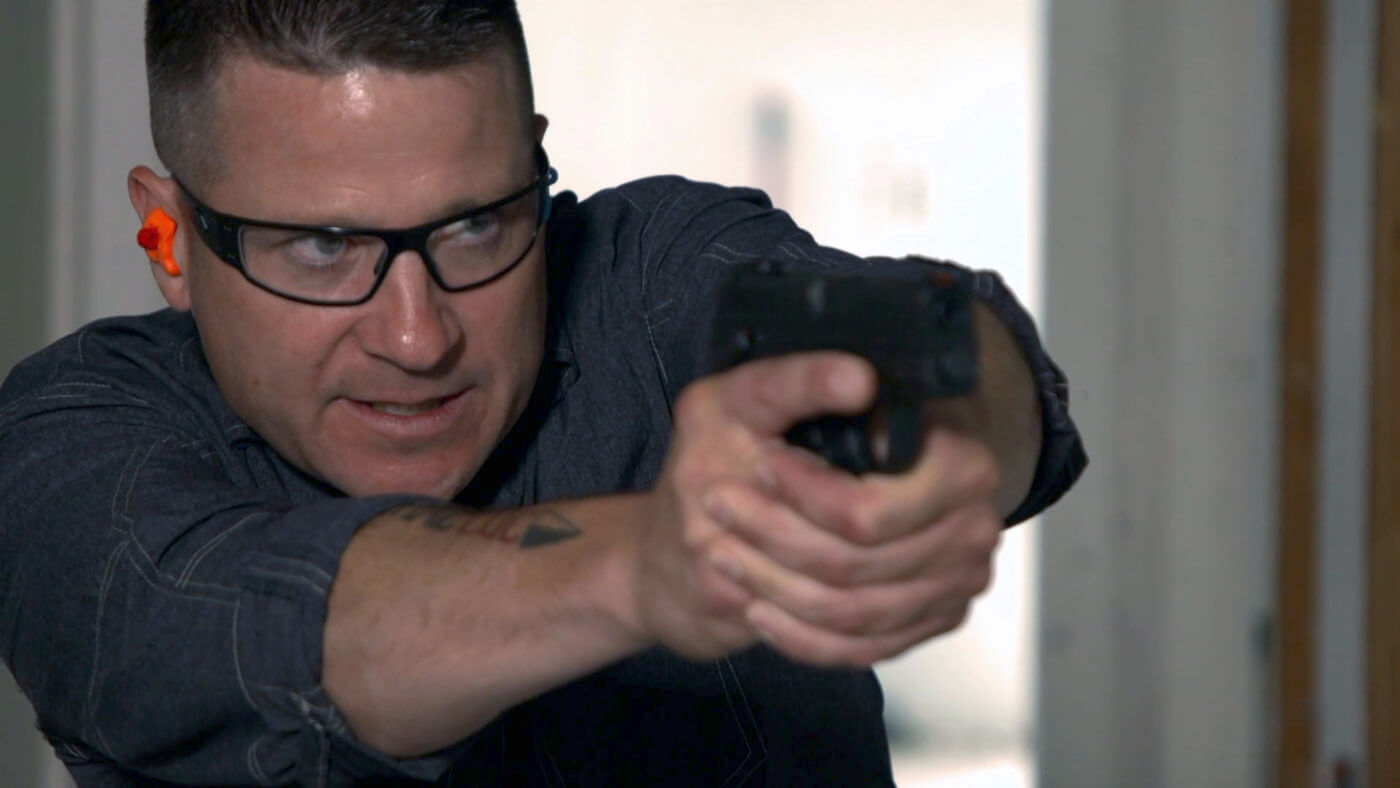
Ideally, you would methodically move from room to room, clearing it and keeping the muzzle away from any family members. However, what will likely happen is you will hear a sound or a call for help that will force you to quickly move to the sound. In that case, you will need to move quickly and efficiently, use your firearm and light to good effect, and engage a potential threat — including possible situations where a family member is being held hostage.
Conclusion
Unfortunately, it is nigh impossible to predict what you might face during a home invasion. The best bet is to ensure that you have a safely secured yet accessible firearm, light, and the skills to back up the choices with which you might be faced.
Join the Discussion
Featured in this video
Continue Reading
Did you enjoy this video?

 69
69




